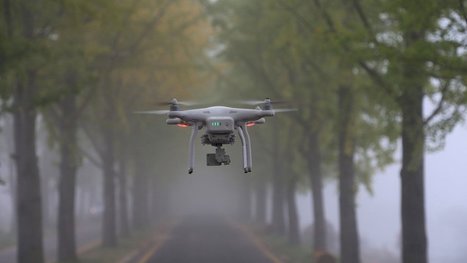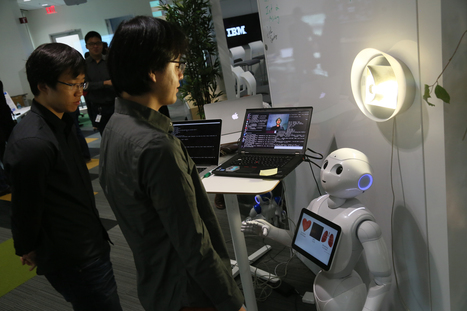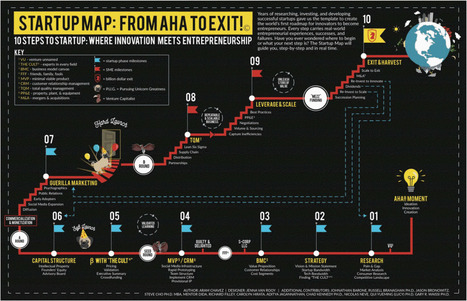The first trillion-dollar companies are platform-based. Challenges and opportunities lie ahead.
Get Started for FREE
Sign up with Facebook Sign up with X
I don't have a Facebook or a X account

 Your new post is loading... Your new post is loading...
 Your new post is loading... Your new post is loading...

Gust MEES's curator insight,
November 28, 2018 2:17 PM
The first worldwide drone standards have been unveiled to keep aircraft safeThe first ever set of global standards for drones has been launched today, designed to keep aircraft safe and to make sure operators are held accountable. What’s happened: The International Organization for Standardization (IOS) has released a draft set of standards for drone operations for public consultation, open until January 21, 2019. The standards are expected to be adopted worldwide later next year. What does the document say? There’s little to disagree with here. The standards call for “no-fly zones” to ensure sufficient distance from airports or sensitive locations. The document suggests geo-fencing technology to stop flights in restricted areas. It also says there should be flight logging, training, and maintenance requirements. There are rules to ensure that operators respect privacy and data protection. Crucially, it also says a fail-safe means of human intervention is mandatory for all drone flights, establishing accountability for drone operators. Why is it needed? Agreeing to a consistent set of industry regulations should encourage more organizations to adopt drone technology, thanks to stronger assurances on safety and security. In the Financial Times today, the head of the UK’s air safety board said that half of air traffic incidents now involve drones. Alastair Muir of NATS, the British air traffic control service, called for more technology to combat the threat. Better standards should help, too.
Learn more / En savoir plus / Mehr erfahren:
https://www.scoop.it/t/21st-century-innovative-technologies-and-developments/?&tag=Drones
|
|














“You’re only given one little spark of madness,” said the late actor and comedian Robin Williams. “You mustn’t lose it.” Williams used his spark to ignite his comedic rocket and blast past the established boundaries of his craft. Technology provides a similar spark: It enables us to push beyond the established boundaries of our world. In this article, Albert H. Segars outlines seven technologies that are sparking change across multiple industries. Great read!
A.H. Segars, “Seven Technologies Remaking the World,” MIT Sloan Management Review, March 2018.